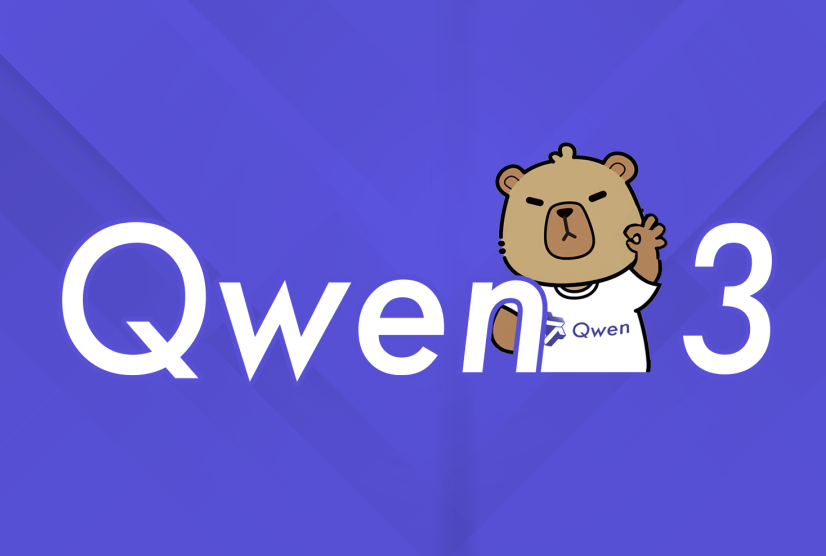Alibaba Asserts Dominance in AI Reasoning with New Qwen3 Models

Alibaba Launches Qwen3: A New Wave in AI Models
Chinese technology leader Alibaba Group Holding Ltd has introduced an innovative suite of artificial intelligence models named Qwen3. The company claims that these new models can outperform leading designs from firms like OpenAI and Google LLC, showcasing the rapid advancements in China’s AI sector.
Overview of Qwen3 Models
The latest Qwen3 models boast superior capabilities, surpassing those of DeepSeek’s best offerings in various facets, including coding and mathematical problem-solving. This release is particularly significant as it marks a shift in the competitive landscape of AI technologies. Alibaba is making several models from the Qwen3 family available under an open-source license, with sizes ranging from an impressive 600 million to a staggering 235 billion parameters. A model’s parameters are a rough indicator of its problem-solving capabilities—the greater the number of parameters, the better the performance.
Advanced Features of Qwen3
Among the new releases are two unique "mixture-of-experts" (MoE) models. These models are designed to rival the advanced reasoning capabilities of those unveiled by competitors like Google and Anthropic PBC. Reasoning models essentially try to replicate human thought processes, spending extra time to reflect and verify facts for improved accuracy.
Benefits of Mixture-of-Experts (MoE)
By utilizing the MoE technique, these models segment tasks into smaller, manageable parts. This approach mirrors how businesses often deploy specialized teams to tackle individual components of a complex challenge, enhancing overall efficiency in problem-solving. Alibaba’s Qwen team has highlighted that this design integrates thinking and non-thinking modes, allowing users to adjust their “thinking budgets” to meet different task requirements effectively.
Language Support and Training Data
The Qwen3 models are capable of understanding 119 languages and have undergone training with a vast dataset containing nearly 36 trillion tokens. In this context, a single token can be seen as a basic unit of data, with one million tokens corresponding to roughly 750,000 words. This extensive dataset comprises a variety of resources, including textbooks, coding examples, AI-generated samples, and question-answer pairs, enhancing the models’ learning process.
Performance Benchmarks
In benchmark evaluations, the Qwen3 models have shown impressive performance, surpassing several recent high-end models developed by American companies. For example, the largest Qwen-3-235B-A22B model outperformed OpenAI’s o3-mini and Google’s Gemini 2.5 Pro on the Codeforces benchmark, which tests coding abilities. Similarly, it excelled on the AIME mathematics benchmark and the BFCL assessment, which gauges reasoning skills.
The Competitive Landscape
Since the emergence of DeepSeek’s R1 reasoning model late last year, the AI landscape in China has seen a surge of similarly powerful releases. Alibaba had previously launched its Qwen-2.5 series, which can process multiple data types, including text, images, audio, and video, and are designed to function on various devices like smartphones and laptops.
The rise of robust, open-source AI models from China is reshaping the competitive field, challenging the dominance previously held by U.S. tech firms. American models typically incur much higher training costs, creating a potential gap that Chinese models are poised to exploit.
Regulatory Environment
In response to the advancing capabilities of Chinese tech companies, the U.S. government has implemented sanctions aimed at limiting access to high-powered graphics processing units essential for AI model training. For instance, the U.S. recently placed export licenses on Nvidia’s H20 GPU, designed to comply with existing restrictions on China.
OpenAI has announced plans to introduce an “open-weights” reasoning model soon, marking a notable departure from its traditionally opaque model structure.
Future Aspirations of Alibaba
Eddie Wu, Alibaba’s CEO, articulated the company’s ambition to develop an "artificial general intelligence" system that could eventually exceed human cognitive capabilities, positioning Alibaba at the frontier of the AI race.
By advancing the capabilities of its AI technology and fostering an environment for open-source contributions, Alibaba is setting high standards in the rapidly evolving landscape of artificial intelligence.






